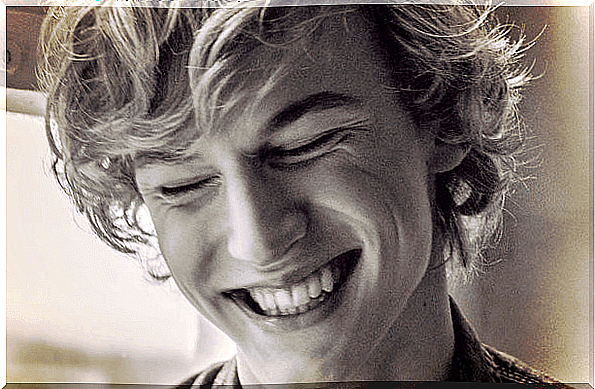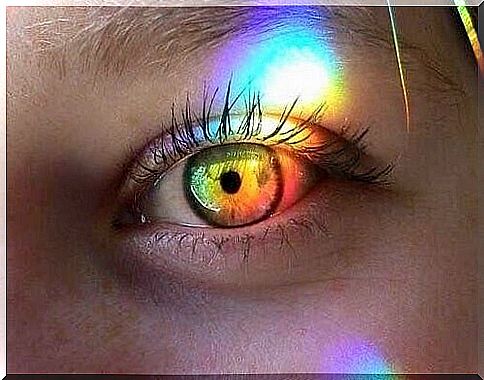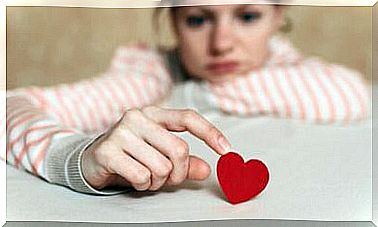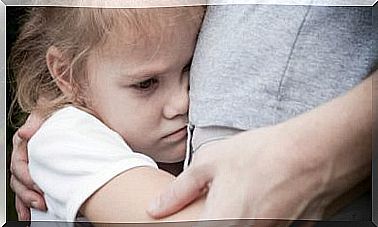The Power Of The Duchenne Smile

They say that Duchenne’s smile is the most genuine, that it captivates because of its sincerity , that it dazzles because of its magic and because of the positive emotions it transmits. Thus, of all the gestures that the human face can reflect, this is undoubtedly one of the most attractive and striking, one that the science of smiles has been studying for decades for its powerful effect.
Some define smiles as “social greasers”. However, they are much more than that: the human being comes into the world with that social mechanism imprinted in the depths of their DNA, even blind people smile automatically without ever having seen a smile. It is this spontaneous spring that improves mood, optimizes relationships and allows us to convey emotions without the need for words.
Now, it should be noted that this wonderful social gesture has different varieties, that not all smiles are the same and that there is one that stands out from the others in a prodigious way. We talk about her, about the Duchenne smile, the epitome of the genuine and that was defined in his day by the doctor, neurologist and pioneer in medical photography Guillaume Duchenne in the mid-nineteenth century.
Dr. Duchenne, an expert especially in the physiology of movement, wanted to describe and detail how false smiles were different from authentic ones, and for this, he detailed step by step how it is drawn and appears on our face. We are talking about a gesture that involves a series of muscles of our highly complex facial architecture for its formation.
A subject without a doubt interesting and with notable nuances in which it is worth delving deeper.

What do we science about the Duchenne smile?
It is quite possible that a part of our readers take on the idea that there is a genuine and sincere smile with some skepticism. For those who believe so, it can be said that they are not wrong, because as many may suspect, the Duchenne smile can be imitated and therefore become a false smile with a very specific purpose: to seduce, convince, attract, deceive, etc.
Thus, thanks to a study carried out by Tufts University, in Massachusetts and published in the journal British Psychological Society , it can be seen that, after testing a group of 98 participants, almost 69% of the sample could imitate ” almost to perfection ”this kind of smile.
We say “almost” because a good expert on the Duchenne smile could indeed notice the falsehood, because in this social gesture there is a nuance that goes beyond the mouth and that is printed in the look: it is the emotional authenticity.
How to identify the Duchenne smile?
As Dr. Duchenne himself explained in 1862, the essential characteristic of any smile is the elevation of the corners of the lip, which are raised with the help of the cheek muscles. Now, the Duchenne smile has a unique and exceptional nuance, and it is generated by positive emotion and joy, which is transmitted through a subtle combination of different muscles.
- We are facing a type of smile that originates with the contraction of the zygomaticus major and zygomaticus minor muscles near the mouth, which in turn raise the corner of the lips. Also, and here comes the unique nuance, small wrinkles are also formed around the eyes when both the cheeks and the orbicularis oculi muscle contract near the eyes (orbicularis oculi).

How to tell a real Duchenne smile from a fake one?
Paul Ekman is a psychologist recognized for his work in the field of emotions, especially with regard to their expression. Thanks to him we know up to 18 different types of smile, the emotions associated with it and the facial muscles involved in each gesture.
- Thus, something that Dr. Ekman points out to us is that most smiles (including false ones) respond to one’s own will. However, the authentic Duchenne smile is the reflection of the emotions of the soul.
- This phrase, which may seem somewhat poetic to us, expresses an idea that he himself demonstrated in a study published in a journal of social psychology. Namely, this gesture is perceived with the smile, but also with the look, because that is where happiness, well-being or the most authentic complicity is reflected.
Thus, one aspect that we must know about the Duchenne smile is that it is controlled by the motor cortex and the limbic system. What does this mean? Basically it is a gesture that involves the most emotional part of the brain. All of this leads us to conclude that true smiles, genuine ones, come from that part of the brain where positive emotions make the eyes contract, at the same time that they give them a special glow.

Therefore, when we are in front of someone who draws a smile for us, we do not stay only with the attractive shape of those lips. Let us also look for the eyes to see the brightness generated by positive emotions that are not falsified, let us intuit the sincerity, the look that does not shy away and that embraces in depth …
To conclude, as Daniel Goleman points out in his book Social Intelligence , sad people with fake smiles abound in excess. If we work on our emotions and invest in well-being and happiness, we will show the world a true Duchenne smile.









